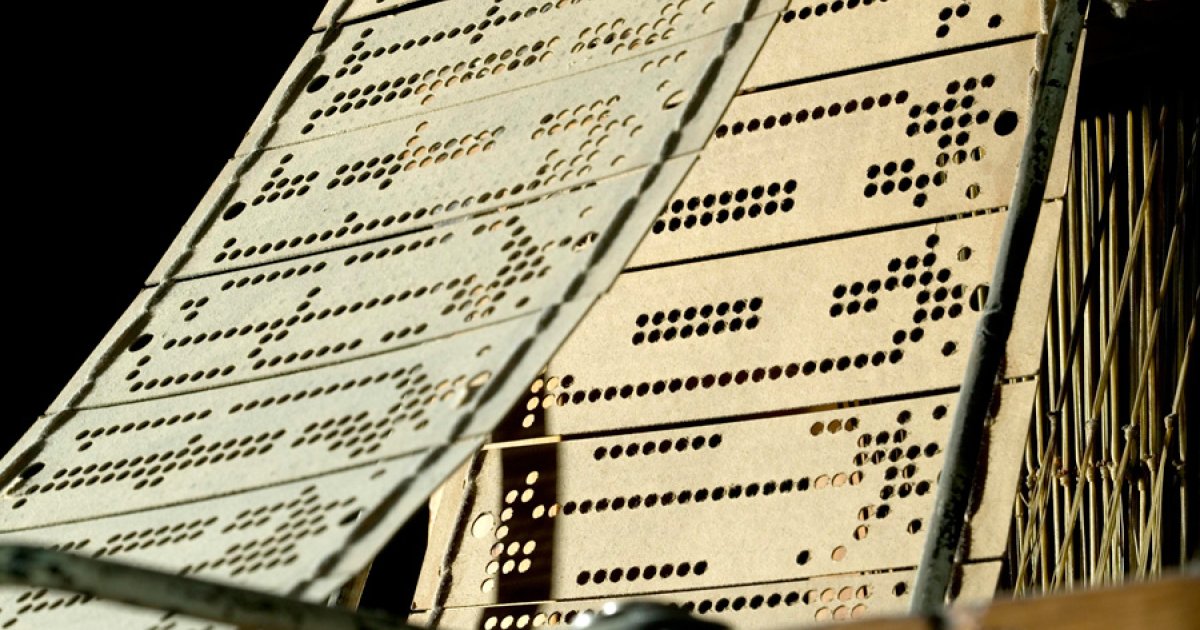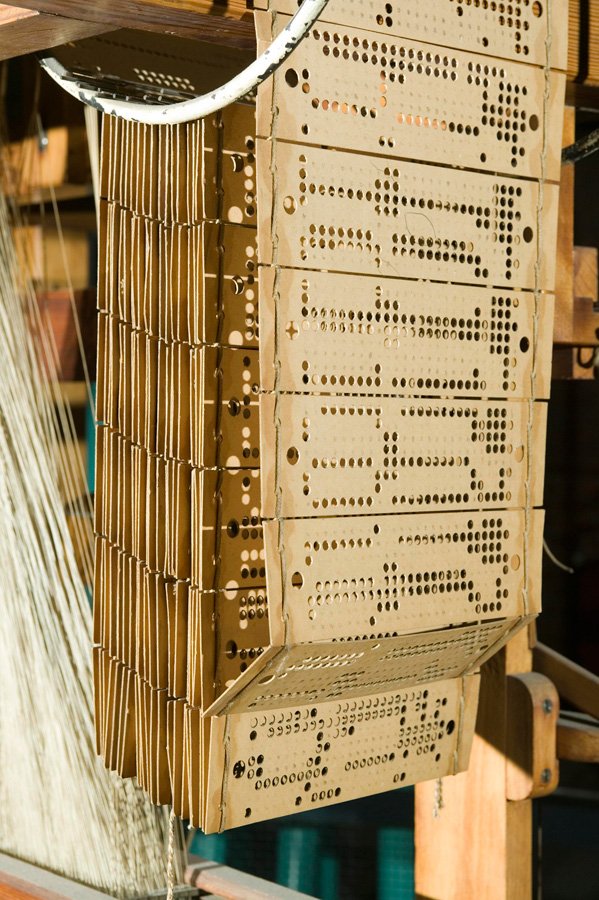Adding in a headlight didn’t help. I just scrapped a junk battery the other day too. Guess I’m putting up with the blinkingI think if the charger is an inverter type, then the led's might not draw enough. Try putting an incandescent light (old headlamp, 1157 bulb?) across the connections to the led bar, see if that resolves it. Like computer supplies, iirc, there needs to be a min draw for the inverter to work. In a battery charging application, the battery sinks enough current to satisfy that.
Guessing...
Thanks fellas


